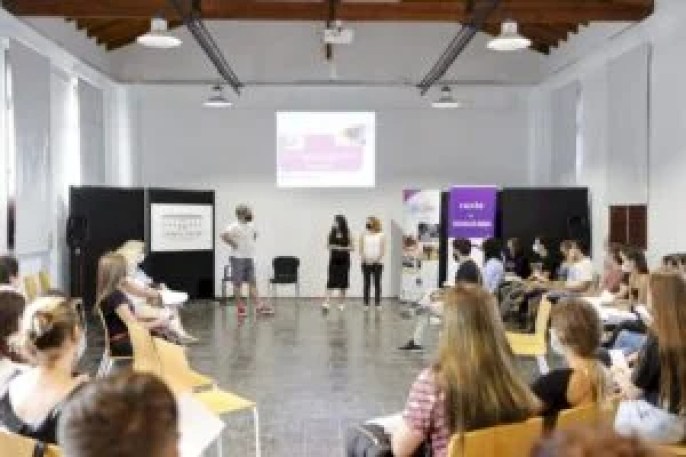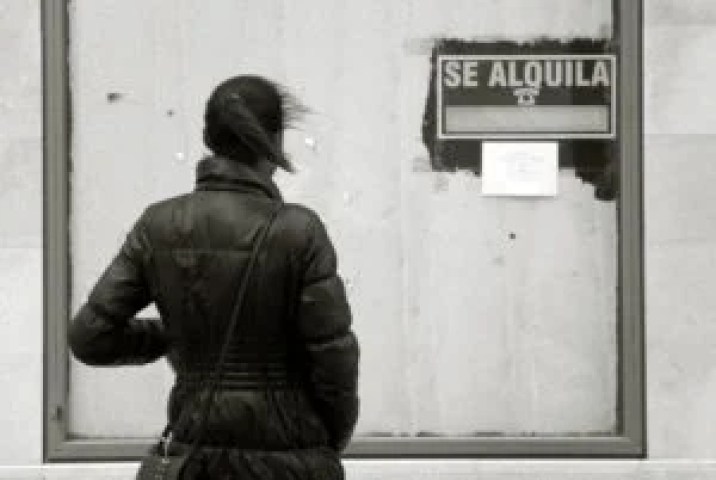Prostitution and trafficking: How are they migrating to the virtual?
Beatriz García de la Torre
Coordinator of the Serra-Schönthal Foundation
Graduate in Psychology and
postgraduate in international development cooperation
From the Serra-Schönthal Foundation, a non-profit organization created and promoted by the Congregation of the Oblate Sisters of the Most Holy Redeemer since 2013, in addition to supporting projects of comprehensive care for women in prostitution and/or victims of trafficking for sexual exploitation, we are attentive to the analysis of the new forms of prostitution and trafficking that are currently occurring after globalization and changes in the technology industry that are being experienced. In relation and coordination with the Congregation, we believe it is essential to communicate and raise awareness of this issue among the general population and promote networking.
Globalization and the rise of social networks are bringing about essential changes in our previously known ways of life, especially concerning social relations and work. Everything is becoming digitalized, and this is leading us to ask ourselves what is happening with prostitution and trafficking for sexual exploitation? What change are we facing? We face a transformation of the already known forms of prostitution and trafficking, adapting through the virtual, faster, and quieter recruitment.

The implications that this has and that Lluis Ballester comments on in his study on “Delocalized Prostitution” are very diverse: “loss of control by all those involved, lack of parameters to assess what is offered and how, easier to hide the people involved (brokers-pimps, women and men who offer services, clients), ease of fraud, change in the forms of sexual relations (through images, without personal contacts, etc.) and many other changes”.
We must remember that prostitution is a crucial part of organized crime and that it is second only to drugs in terms of its scope and the amount of money it generates; often, both businesses are related. In this aspect, the Internet has brought about a revolution since it eliminates specific barriers between the client and the prostitute. The selection process for the client is much more discreet, while the woman has access to millions of clients from her own home. In addition, the process has been streamlined and economized, making it much more difficult to track and identify potential victims of sexual exploitation.

There has been a change in the conditions under which services are provided and, at the same time, in the risks to which women are exposed, mainly due to COVID19 and the mandatory confinement that had to be made in almost all countries. We now know that there is greater privacy and anonymity for women (although not in all cases), but there is also increased extortion in terms of publication or sale of their audiovisual content. In addition, not having to go out on the street (in the cases of totally virtual services) facilitates not having to contact clients, which may decrease the risk of physical violence and forced recruitment in trafficking networks, etc.
We are at a time when, even if a face-to-face meeting takes place for the exercise of prostitution, it is often after having had the previous contact through some kind of technological means. On the other hand, prostitution itself can also take place only through virtual means and without any type of physical contact, either through live recordings on webcams, by sending photos or videos, etc. After a bibliographic search and data collected from the different projects, it was found that the most recurrent communication technologies are: cell phones, chats, specific websites, and webcams.

Regarding the crime of trafficking for sexual exploitation through these media, some studies identify the need for more personalized police approaches that come to recognize the needs, desires, and types of specific protection for the people involved. Due to their rapid recruitment, it is essential that we move forward and that there is coordination between institutions, organizations, and law enforcement agencies to help women and girls in this situation, especially minors, who are more in contact with social networks. It is easier to be captured through them by traffickers with false profiles in many cases by them.
We must also be aware that the exercise of prostitution is increasing in terms of women and adolescents without a real economic need, and even with a medium-high socioeconomic level, due to platforms such as Onlyfans, which is easily accessible and has had significant growth. In addition, it recently returned to allowing explicit sexual content after previously announcing an initiative to veto this content due to possible sexually exploitative videos and images of minors. However, the initiative did not go ahead due to the loss of large amounts of money this could cause. An example of how the exercise of prostitution in the street or club migrates to the virtual is that, in the case of Onlyfans, the person who is prostituting has to pay a percentage for being there; in this case, the platform keeps 20%.

In short, the phenomenon of prostitution and the crime of trafficking for sexual exploitation are transforming and increasing. Of course, the feminization of poverty, capitalism, and migration is critical, especially in underdeveloped or developing countries. Still, the coordination and exchange of information between organizations and institutions are crucial and, of course, at this time, concerning virtual borders.
Beatriz García de la Torre




0 Comments